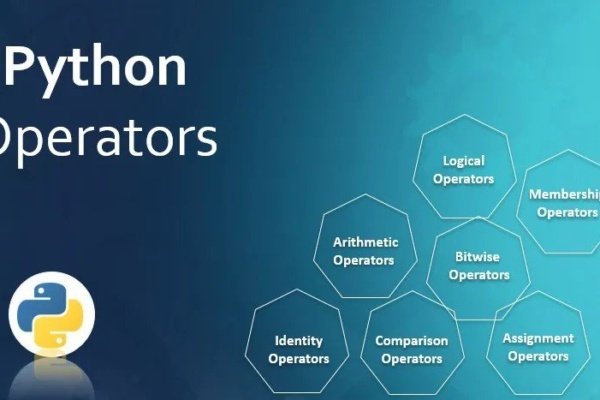YOUR LOCAL DIGITAL MARKETING AGENCY
Category Archives: Blog
1. Introduction to B Tech Computer Science Welcome to the dynamic world of B Tech Computer Science! In this program, students embark on…
In its yearly strategic review for FY22, Nasscom said the industry added 4.5 lakh new jobs to take the overall direct employees to…
In its yearly strategic review for FY22, Nasscom said the industry added 4.5 lakh new jobs to take the overall direct employees to…
India’s IT sector valued at $200 billion , biotech realm headed towards a future of promise Chief Minister Siddarmaiah with DCM D K…
Intriguing Penny Stocks of India’s Growth Sectors such as IT, Construction, Tourism, Income, and Power 1. 3i Infotech (Market Cap: Rs 621 crore) Incorporated in…
Operators in Python - Understanding Python\'s Essential Tools In the realm of Python programming, operators are the lifeblood of manipulating data and performing…
Apple Inc. CEO Tim Cook has described India as a very exciting market for the company. Apple\'s overall revenue during the September quarter has…
Introduction: In this article about \"Emerging Technologies in IT: Shaping the Future,\" we\'ll delve into some of the most promising emerging technologies that…
Introduction: In today\'s digital age, search engines are the backbone of our online experiences. Google, Bing, and Yahoo are three of the most…
Introduction: In today\'s digital age, search engines are the backbone of our online experiences. Google, Bing, and Yahoo are three of the most…
Your business isn't a template, so why is your digital presence? We move beyond 'one-size-fits-all' solutions. At rdm tech, we custom-craft your website, app, and marketing from the ground up to be as unique as your brand.









